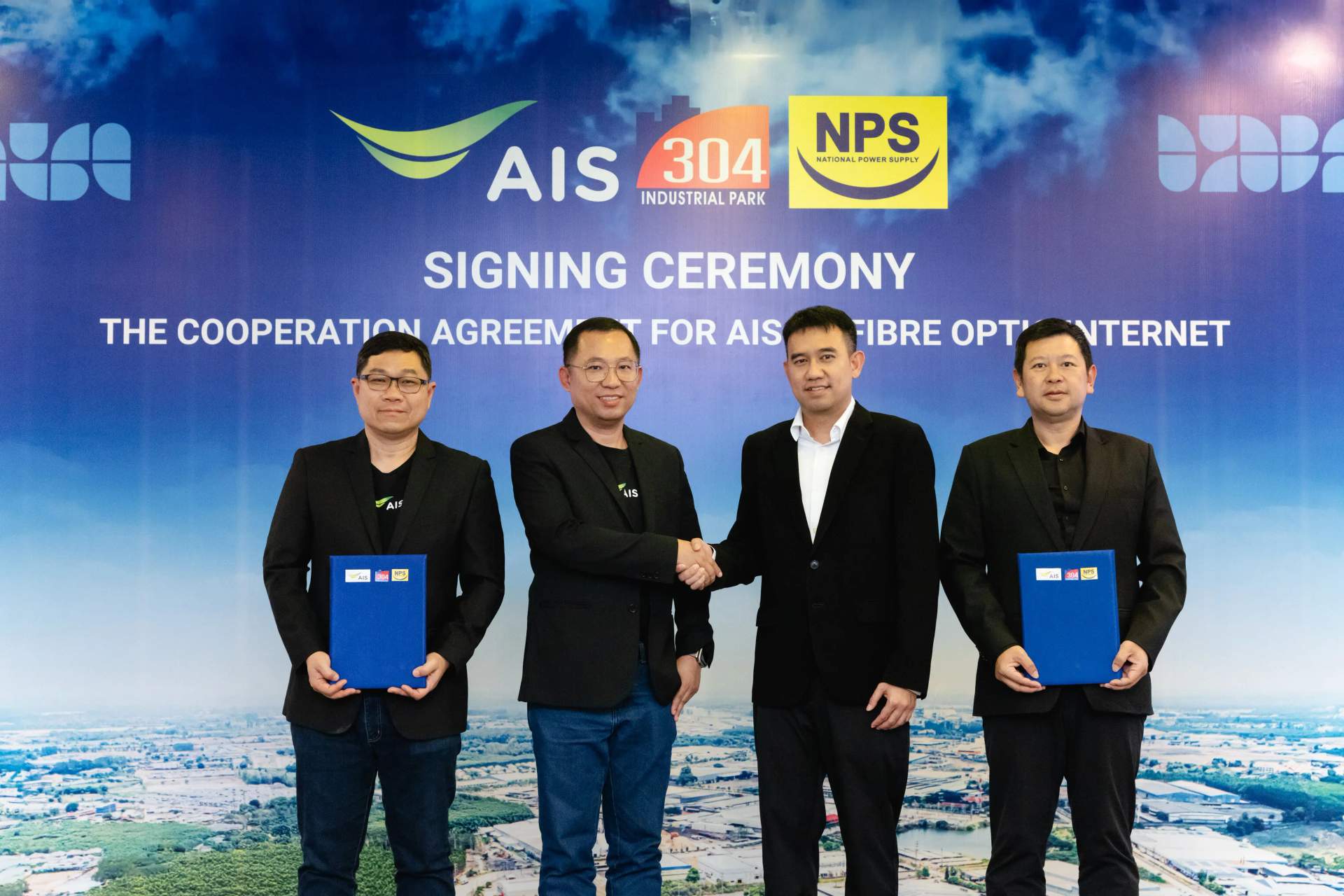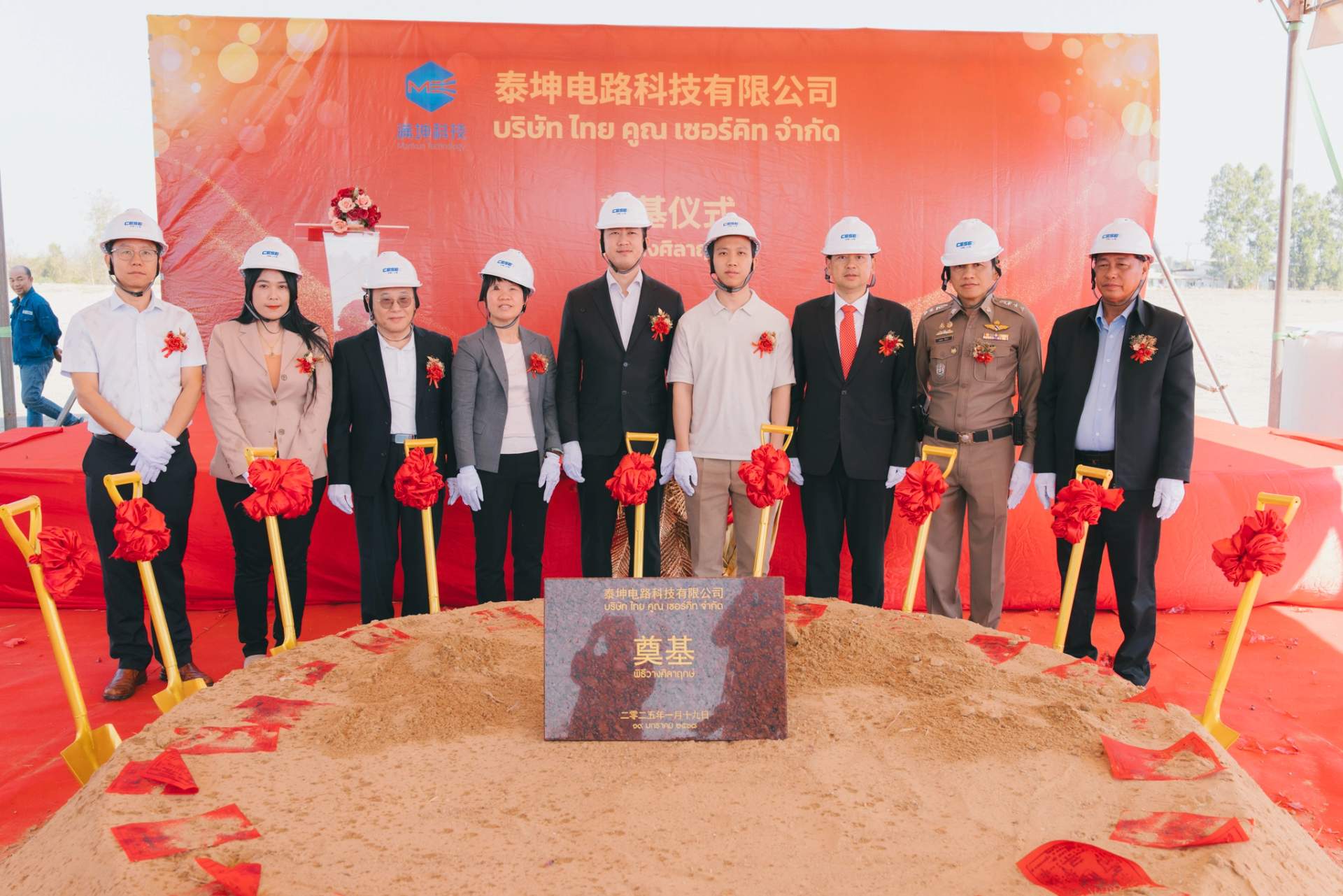ニュース














Category

ビジネス向けデジタルソリューションを提供する「AIS Business」は、この度、304 Industrial ParkおよびNPSと提携しました。インテリジェントネットワークであるAIS Fibre と5Gの管理、Smart Meterソリューションを組み合わせ、304 Industrial P...

304工業団地の最高経営責任者であるキッティパン・チットペンタム氏とそのチームは、プリント基板(PCB)メーカーのワンユエントン・エレクトロニクス(タイランド)社の新工場起工式に出席し、祝意を表明しました。式典は、同社の会長であり式典の主催者でもあるワン・シュエゲン氏が主催し、組織の発展と将来の達成...

大手プリント基板(PCB)メーカーのタイ・クーン・サーキット社は、世界的に高まる電子機器の需要に応えるため、タイに新工場を建設し、生産能力を増強します。今回の投資は、先進技術の開発と製品の品質向上を通じて、国際市場における競争力をさらに高めていくという、同社の強い意志の表れです。 このほど、タイ・ク...

📢 304 Industrial Park invites entrepreneurs to join Asia Nonwovens Technology Expo 2025 (ANTEX Asia 2025) 🗓 29–31 October 2025 📍 EH101, BITEC Bangn...

304工業団地は、潤沢な水・電力の供給を求める事業者にとって最適な選択肢として際立っています。これが、Dinkleグループが同工業団地への進出を決定した重要な理由となりました。 Dinkleグループのケン・チェンCEOは、タイの優れた産業基盤と堅牢な物流インフラを高く評価しており、これらが304工業...

On June 20, 2025, a delegation from the Embassy of the People’s Republic of China in Thailand, led by Mr. JIANG WEI, Minister Counselor (Commercial), ...

On June 5, 2025, Mr. Pichai Chunhavajira, Deputy Prime Minister and Minister of Finance, chaired the second meeting of the Eastern Economic Corridor P...

On March 26, 2025, 304 Industrial Park joined in congratulating Mr. Chen Nan-Min, CEO of Dinkle Group, Asia's leading manufacturer of terminal blocks ...

On March 18, 2025, Mr. Weeraphan De-on, Governor of Prachinburi Province, along with the Head of the Provincial Industry Office and the working commit...